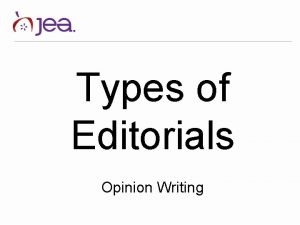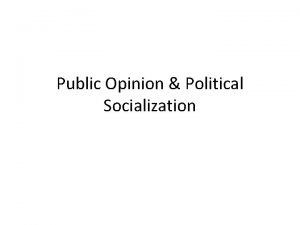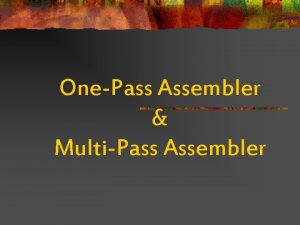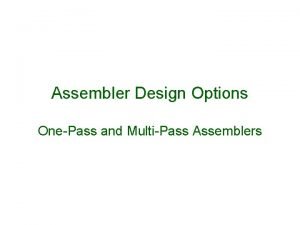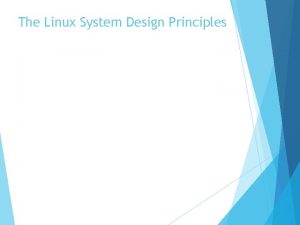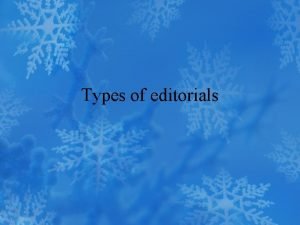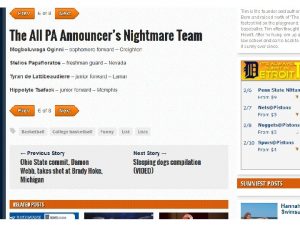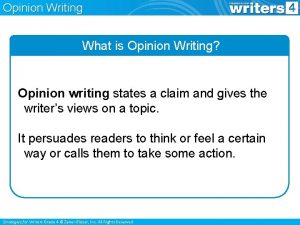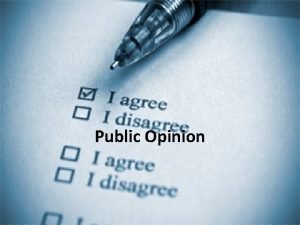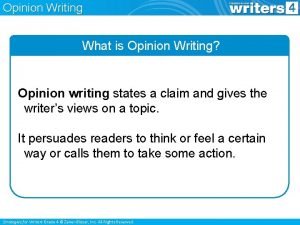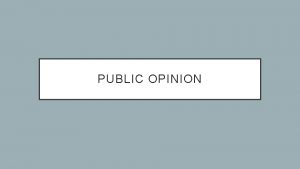Information Opinion Editorials Types of editorials Explain detail










- Slides: 10

Information + Opinion= Editorials

Types of editorials: �Explain: detail what happened (like a news article) but with some opinion added �Evaluate: judge what happened �Persuade: convince readers to think how you do �Call for action: convince readers to do something proactive �Provoke discussion: encourage people to debate the issue

Choosing a topic �What is important to readers? �What is current? �What is possible? (can you interview the proper sources involved? )

First step: RESEARCH �Do not share ignorance �Before you can make a logical opinion, you must know the facts �Use primary sources (statistics from online reliable sources, books, school documents, etc. ) �Interview people who are involved

Structure of the article �Lead: the first sentence of the article; stands alone as its own paragraph �Because this isn’t a news article, you may not want to start with the 5 Ws and 1 H. �Possible alternate leads: Anecdote: short story that makes a point Shocking statistic or fact Description: make the reader visualize what is happening

Structure of the article �Thesis statement/position statement: �One sentence statement that shows your position. �Do not say “I believe…” In fact, don’t talk about yourself at all in the article! �This usually appears in the 2 nd paragraph of the article (remember your lead is the only thing that appears in the 1 st paragraph)

Structure of the article �Concession: acknowledges the other side’s strongest argument and refutes it �Ex. “Certainly, an open campus lunch policy can be dangerous for some students. However…” �Make this other side’s point quickly and then move on to your position with supporting details

Structure of the article �Supporting details: facts to defend your position �Write using short paragraphs with 1 -2 supporting details in each paragraph for increased readability �Place supporting details in order from weakest to strongest. You want your reader to remember your best point!

Structure of the article �Conclusion: the way to wrap up your article �Suggest a course of action. Don’t just complain about something! There has to be a purpose for your writing �Remind your reader of your lead in some way

Final notes �Good editorials usually run 250 -500 words in length. �Make your argument clear. �Defend it with facts. �Brevity is powerful!
 Editorial types
Editorial types What is the difference between major and minor details
What is the difference between major and minor details Major and minor details examples
Major and minor details examples Private opinion becomes public opinion when
Private opinion becomes public opinion when One pass assembler example
One pass assembler example Front end vs back end compiler
Front end vs back end compiler What is multi pass assembler
What is multi pass assembler Linux design principles
Linux design principles Machine independent loader features
Machine independent loader features What are interactive input methods
What are interactive input methods Beckhard's confrontation meeting
Beckhard's confrontation meeting
